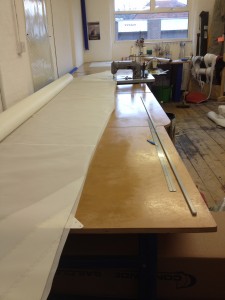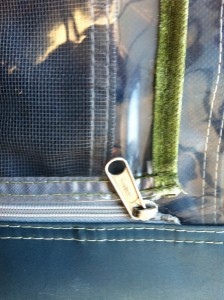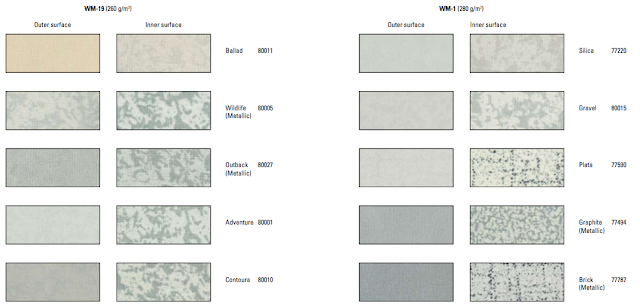
Northern Feva Open Training
20 Sailors battled snow, ice, 40 knot winds and freezing temperatures at Yorkshire Dales sailing club at Grimwith Reservoir for the 1st Northern feva training weekend.
The weekend started with great excitement and a briefing on teamwork and fitness from the coach Dave Hivey. The sailors, including 7 youth sailors from Ripon, were then put through the paces with a 5 mile run around the reservoir to warm up.
After a hearty lunch, extra layers were put on and the hardy sailors went out for a blast in the Arctic conditions with gusts hitting over 30 – 35 knots. Lots of short races targeted at upwind and downwind techniques kept the sailors warm and gave Dave a good insight into the sailor’s boat handling skills and areas to focus on.
After breaking the ice on the rigging the sailors put the boats away for the night and the full debrief took place back in the warmth of the class room.
Sunday, despite still being cold, saw a calmer morning with a lovely breeze and the sailors were straight on the water after the morning briefing. Short races and communication was the order of the day, along with a bit of swimming as a further 35 knots squall came through just before lunch. After lunch, the wind conditions were ideal and further racing and instruction took place, focussing on starting, mark rounding and downwind technique.
A great weekend of sailing was had by all and everyone appeared to have thoroughly enjoyed it, even if a little cold! Looking forward to the next training weekend on 30 & 31 January at Leigh & Lowton sailing club.
If you are interested in sailing Feva’s (The RYA pathway double hander), training or want any advice please do hesitate to contact Cathy or Dave Rastrick – RS Feva Association Representatives North cathyrastrick@talktalk.net or speak to Mike Saul or Martin Miller at the club.
Additional information regarding other training and open meetings that are going on round the country can be found on the UK RS Feva association website www.rsfeva.org.uk












